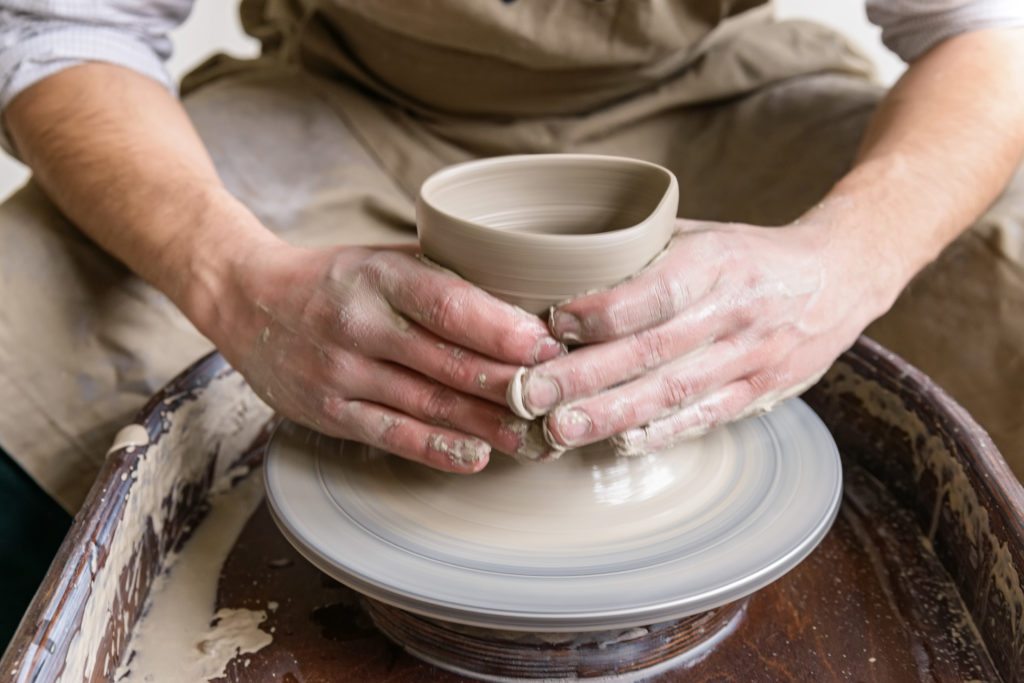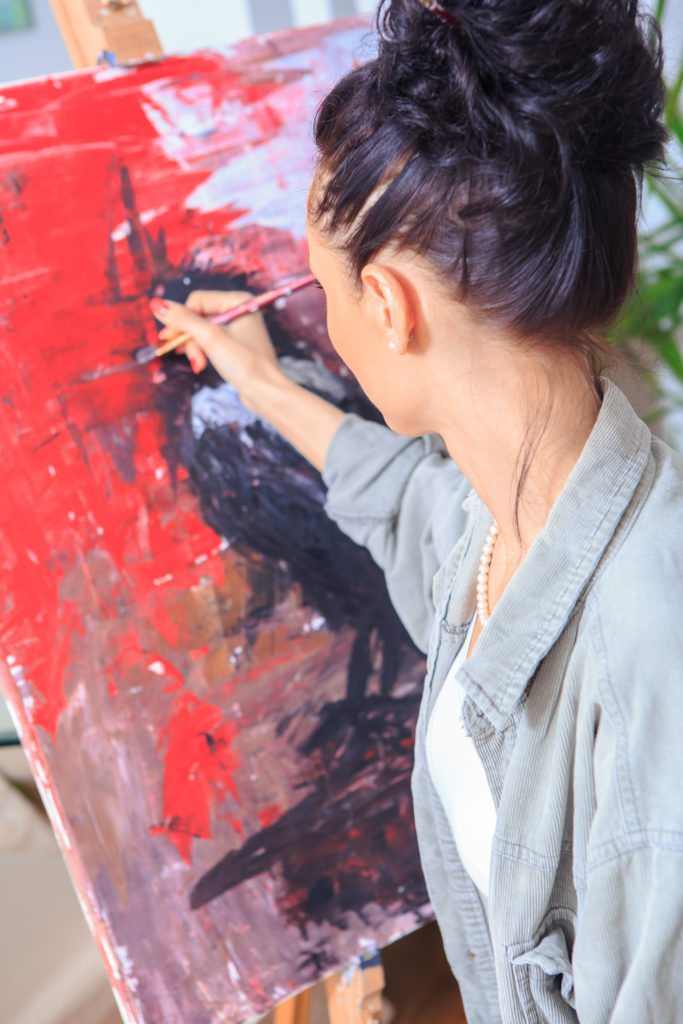One study reveals the impact of the arts on our community, setting an even bigger Cultural Arts Plan into motion.

Business leaders, sponsors of the arts and passionate members of the community came together to talk arts and the economy on Wednesday, January 17. The draw? Findings from a recent study conducted by the Americans for the Arts with the topic of community arts at the center of discussion.
Americans for the Arts puts out a call to nonprofit arts organizations in communities all over the country. Every five years, this organization conducts a comprehensive study called Arts & Economic Prosperity. This time, Ocala got the call and decided to participate in the fifth study of this type.
Laura Walker, the cultural arts and division head for the City of Ocala, believes the study impacted the Cultural Arts Plan already in existence.
“I definitely think it spearheaded the importance,” she says. “Ocala has a lot going on for a community its size.”
Vice President of Americans for the Arts Randy Cohen presented results from the AEP5 study to a group of art supporters and enthusiasts at Marion Cultural Alliance, explaining how important the arts and arts organizations are in our community. In fact, the boost the arts gave Ocala’s economy beat the study’s national numbers.
“The idea is that the arts are central to the community,” Cohen says. “Arts organizations employ a whole range of people. This is my approach: How can we make the arts unavoidable for people?”
The AEP5 study found that 1,422 jobs are supported by the arts in our community, and arts-related event attendees surveyed were found to spend $36.51 per person per event in non-event-related expenses. This money was spent on meals and snacks, souvenirs and gifts, transportation, lodging and miscellaneous purchases. The numbers are even bigger for non-locals, averaging $223 per person when lodging is involved.
The AEP5 study works by gathering data from arts organizations and then surveying the attendees of arts-related events. Cohen worked with the City of Ocala, and 29 local nonprofit arts organizations participated in the study, along with 822 attendees. Cohen worked with a team of economists from Georgia Institute of Technology to come up with a localized economic model, which serves as a simple way for arts organizations to calculate their own economic impact as their numbers change in the next few years.
Cohen points out that when a community invests in the arts, they are investing in a product that brings people to the community. The arts have a way of bringing people together, cutting across all socioeconomic strata. The City of Ocala is moving on the AEP5 study data by designating Christian Dumay, the Community Cultural Art Plan Project Coordinator, to work directly with Steven Stainbrook, the associate principal and director of planning at Martinez+Johnson Architecture, to determine the needs and wants of the community and then put together a long-term, 10-year arts and culture plan.
“We will mostly be conducting public surveys at Cultural Art events, such as First Friday Art Walk and Levitt concerts,” Dumay says. “Also, we will be interviewing different groups and organizations, for example, the steering committee, stakeholders, city leaders and much more.”
Stainbrook has 20 years of experience working on the planning and design of cultural arts. From his brief visit in January, he considers Ocala’s creative arts community to be rather robust and multifaceted for its size.
“My preliminary take is that Ocala is at a threshold moment where strategic investments could yield substantial returns regarding cultural activity and economic impact,” Stainbrook says.
 Increasing the arts in the community directly boosts the economy, and Cohen illustrates this by taking attendees through a date he recently had with his wife. Their plans to see a performance at a specific theatre began impacting community organizations a few weeks before the outing. Online research, ticket purchases and outfit selections touched several different industries and supported many jobs. Along with making preparations, Cohen also mentions that they went to dinner before the show. Even though they only attended one arts-related event, Cohen and his wife supported many different industries and jobs on their date.
Increasing the arts in the community directly boosts the economy, and Cohen illustrates this by taking attendees through a date he recently had with his wife. Their plans to see a performance at a specific theatre began impacting community organizations a few weeks before the outing. Online research, ticket purchases and outfit selections touched several different industries and supported many jobs. Along with making preparations, Cohen also mentions that they went to dinner before the show. Even though they only attended one arts-related event, Cohen and his wife supported many different industries and jobs on their date.
“The arts? They’re not just nice, they’re necessary,” Cohen says.
Another reason to engage the community through the arts is to keep young, well-educated and creative individuals involved. Cohen mentions that a common export for communities is, in fact, these young individuals. Not only do the arts affect the economy, they also enrich the culture of communities, improve academic performance and bring people together.
Walker, adding that they want to enhance what this community already has, says, “The goal of the plan is to find out where we are and where we should go.”
Learn more › Support the arts and stay up to date on events by
visiting ocalafl.org.






